China is a manufacturing super power. They can produce just about anything in massive quantities, and at a cost few other countries can compete with. As a result, the country is ripe with opportunities to manufacture anything that’s desirable at the moment. This happens to include illegal things as well, like replicas of brand name items such as iPhones or designer handbags. This is often referred to as the ‘Grey Market’.
It’s worth noting that these ‘knockoffs’ are often produced by the exact same manufacturer (and likely often times the exact same individuals), meaning little difference in quality or material. That’s not always the case, of course. Obviously cost plays a role in quality, meaning there are good knock offs and bad knock offs… but I have seen some surprisingly good knock offs before.
I’ve always been curious to know if this extends to their imitation paintings as well.
I’m sure that you have all seen websites where you can buy REAL oil paintings of famous images for just a few dollars. In fact, I’ve seen websites where I could buy illegal replicas of MY OWN artwork more times than I can count.
At first, you take insult to it. But after it’s happened enough times, you really just don’t care anymore. There’s not enough money being made, or lost, to make it worth my time to bother with it. Trust me, no one is getting rich making copies of my work.
But it made me wonder…. Just how good are these copies?
Can these guys paint better than me?
If they were really good, or even just pretty good, could I have them replicate my digital preliminaries, into real underpaintings that I could then later finish?
Could I have them turn my digital paintings into real oil paintings for me?
Could I outsource my art?!
I came to the conclusion that I don’t want to do ANY of those things, even if I could. But I was still curious about the quality of these paintings.
So… In the spirit of professional curiosity, I took it upon myself to buy one.
I didn’t want to use my own art for this experiment. So I decided to buy a replica of a classical painting, from someone who is dead. In this case, I chose this incredible painting by the Hungarian artist Maria Szantho (1897-1997).
The description was VERY specific about this being a real oil painting, crafted 100% by Hand. But I figured it was quite likely that these might be digital giclees with just a little oil embellishment. So
just in case, I decided to contact the seller anyways, and make sure of it. He assured me they were indeed real paintings.
I went ahead and purchased it. The painting arrived rolled in a tube about 20 days later.
As I began to unroll it, the first thing I noticed was that the painting wasn’t painted on normal cotton canvas. It is painted on some sort of synthetic canvas, likely a polyester or vinyl. It is extremely shiny and grey in color.
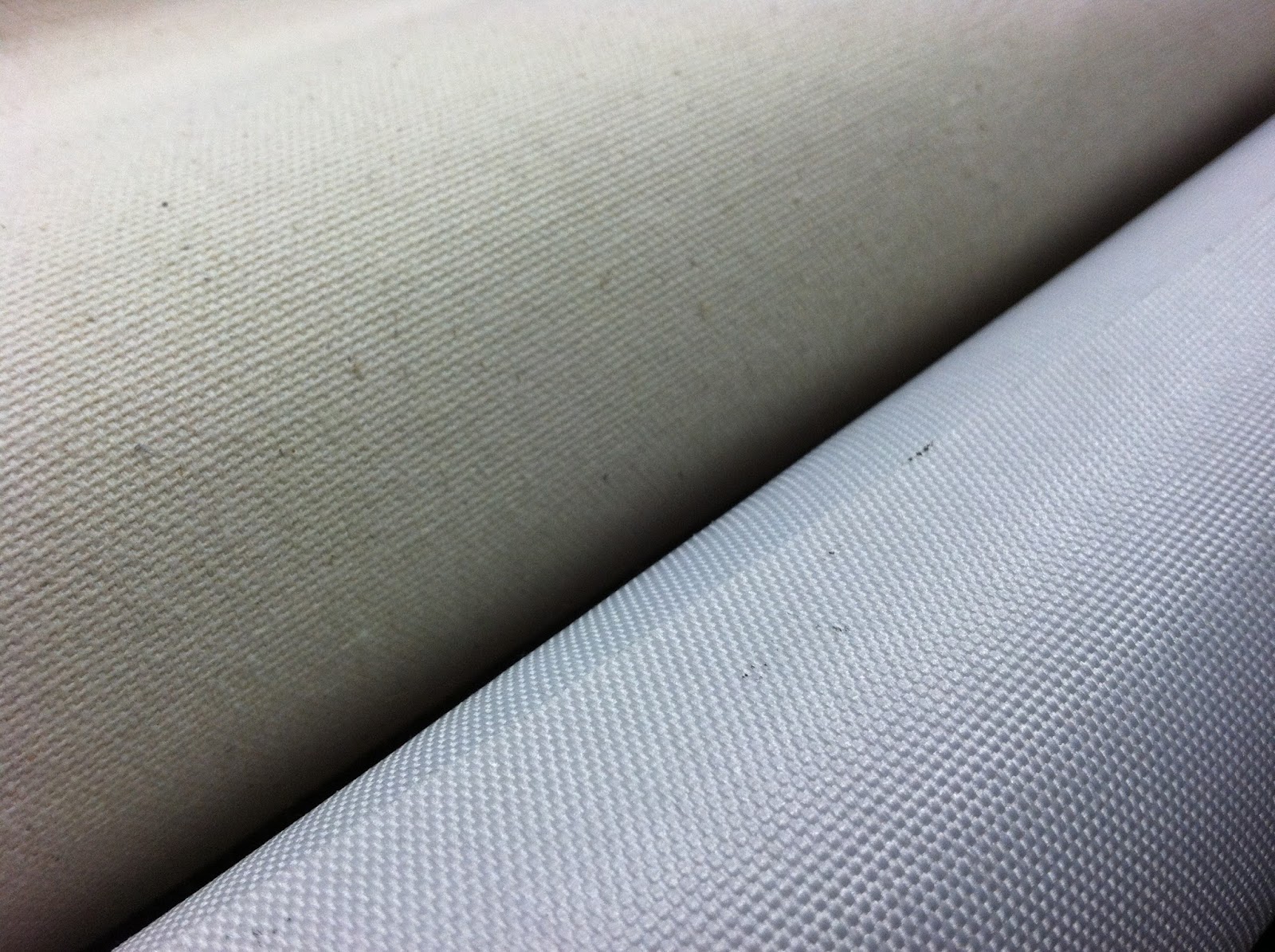 |
| Cotton canvas at top, synthetic canvas at bottom. |
The painting’s surface was covered in a thin plastic wrap, which I easily peeled away. As I did, I was immediately overwhelmed by the noxious smell of the painting. And mind you, I literally sit a turpentine riddled studio all day. This smell was intense. I actually had to bring it out into the garage. I suspect the artists are using some pretty strong solvents to make sure these oil paints dry in time for shipping. Likely a commercial grade paint stripper.
I also suspect they are not using the same type of artist grade oil paints we would use. The paint itself smells more like sign painting oils. If any of our readers are familiar with quick drying oil enamels like ‘1-shot’, it smells very much like that.
As for the actual painting… To be honest, my first impression of the painting really wasn’t that bad. Perhaps a non-artist might not notice the differences? But I was looking for those subtle passages that made the original so beautiful to me, like the fingers, the toes, and the way the face falls into warm shadow. Sadly, those were the exact areas where the painting really fell flat. In general, the form of the figure really lacked the sense of light and shadow that the original possesses. It also seems to be lacking the intense highlights that brought a sense of texture to the skin. All of the flesh seems to be rendered rather monochromatically.
You’ll also note in the photos above this bizarre striping in the image. This is from rippling in the ‘canvas’. The material is so reflective however, that it causes an optical illusion of sorts, and makes it look like the surface is dirty. These ripples are appearing more and more as the painting is exposed to air. It’s possible that as the oils dry, they are tightening on the surface, and drawing the canvas inward, causing the ripples.
You can definitely tell that whomever painted this image (and it may have been more than one person) had some training, but they really are a novice at best. I overlapped the two paintings, and the drawing seems to be quite accurate, implying a level of skill that the painting execution does not. I would guess that the original image was projected on the canvas to do the drawing.
So overall… I would say that the painting is a reasonable facsimile if what you’re looking for is to decorate your bathroom or something and you don’t live in a house full of artists.
But as for anything that could be of any professional interest, I think it’s pretty useless.


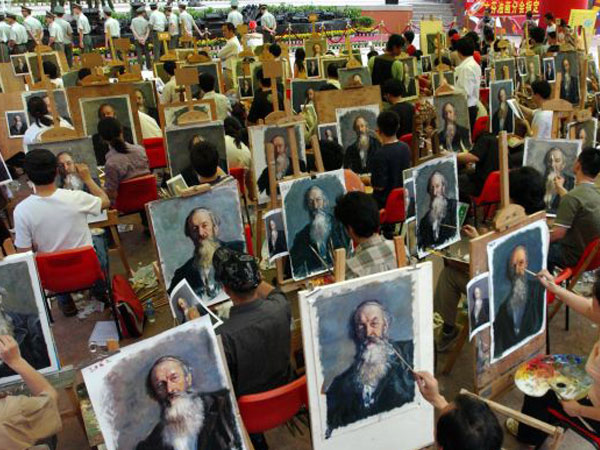
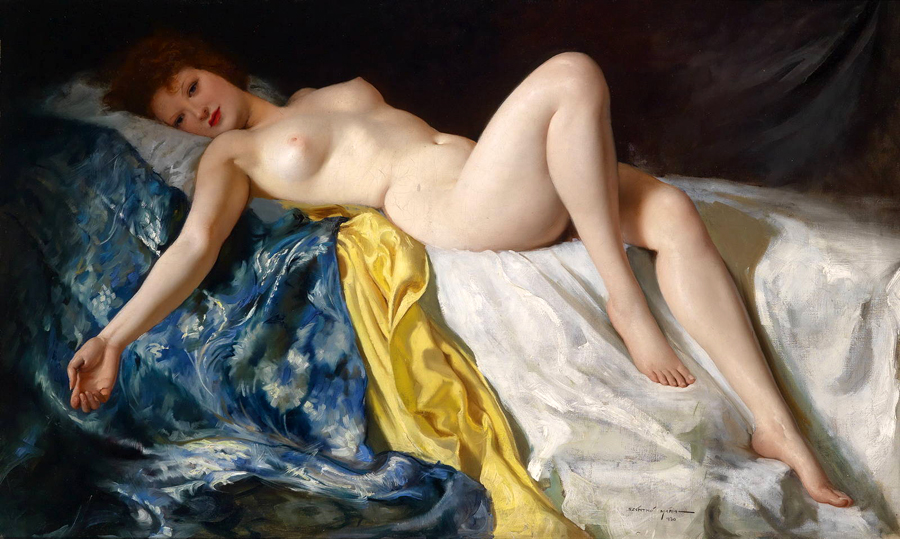
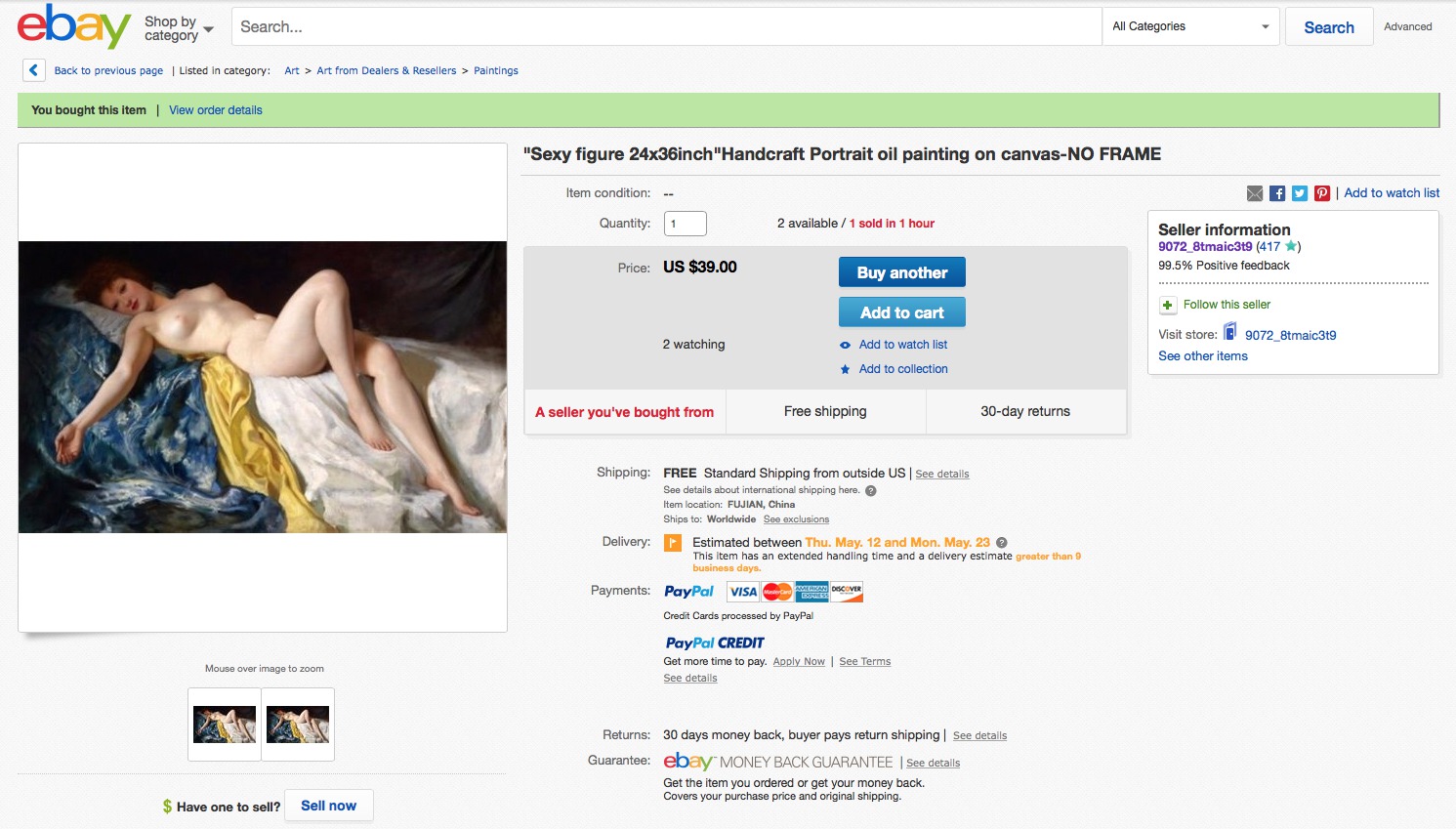

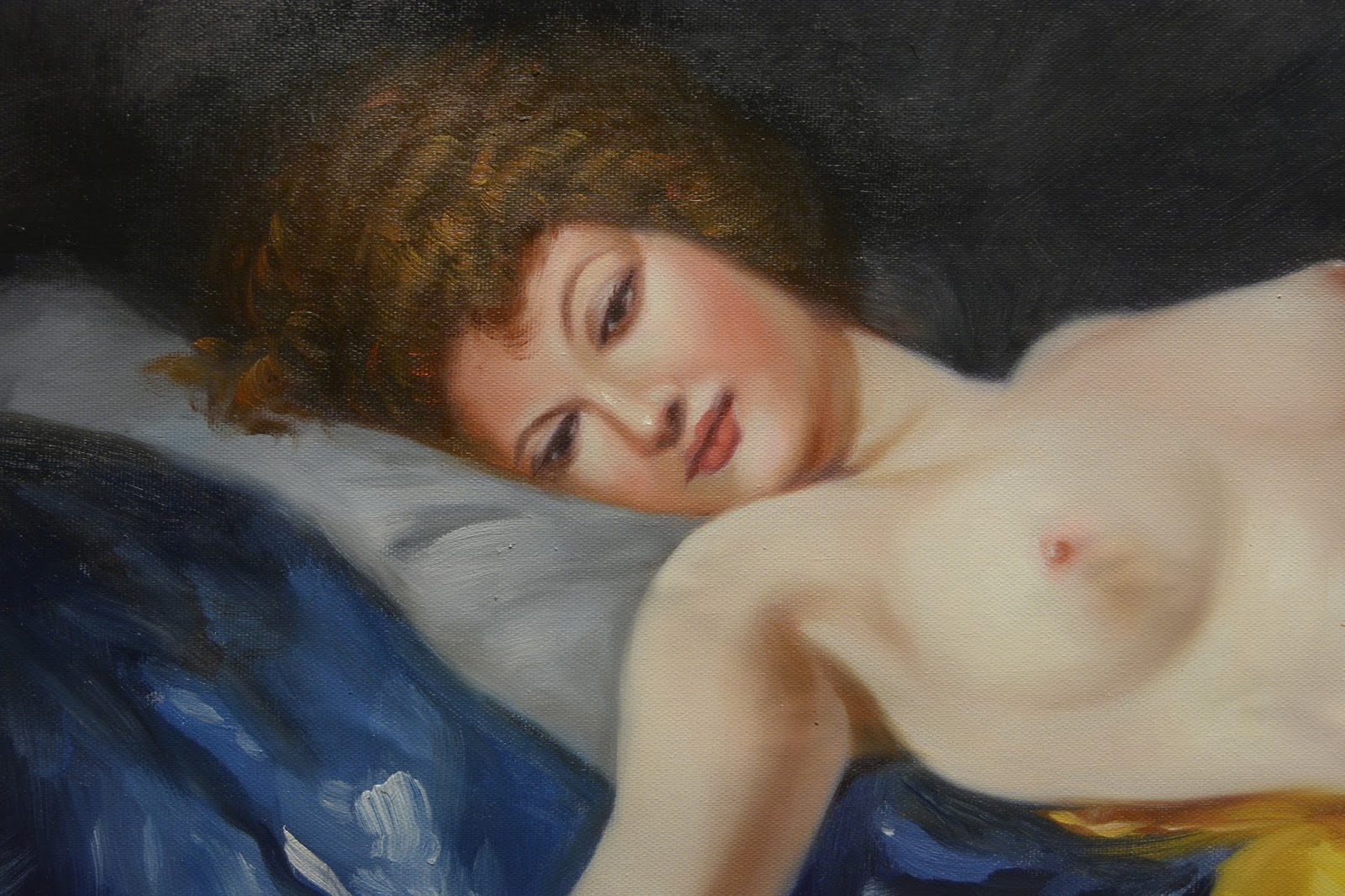
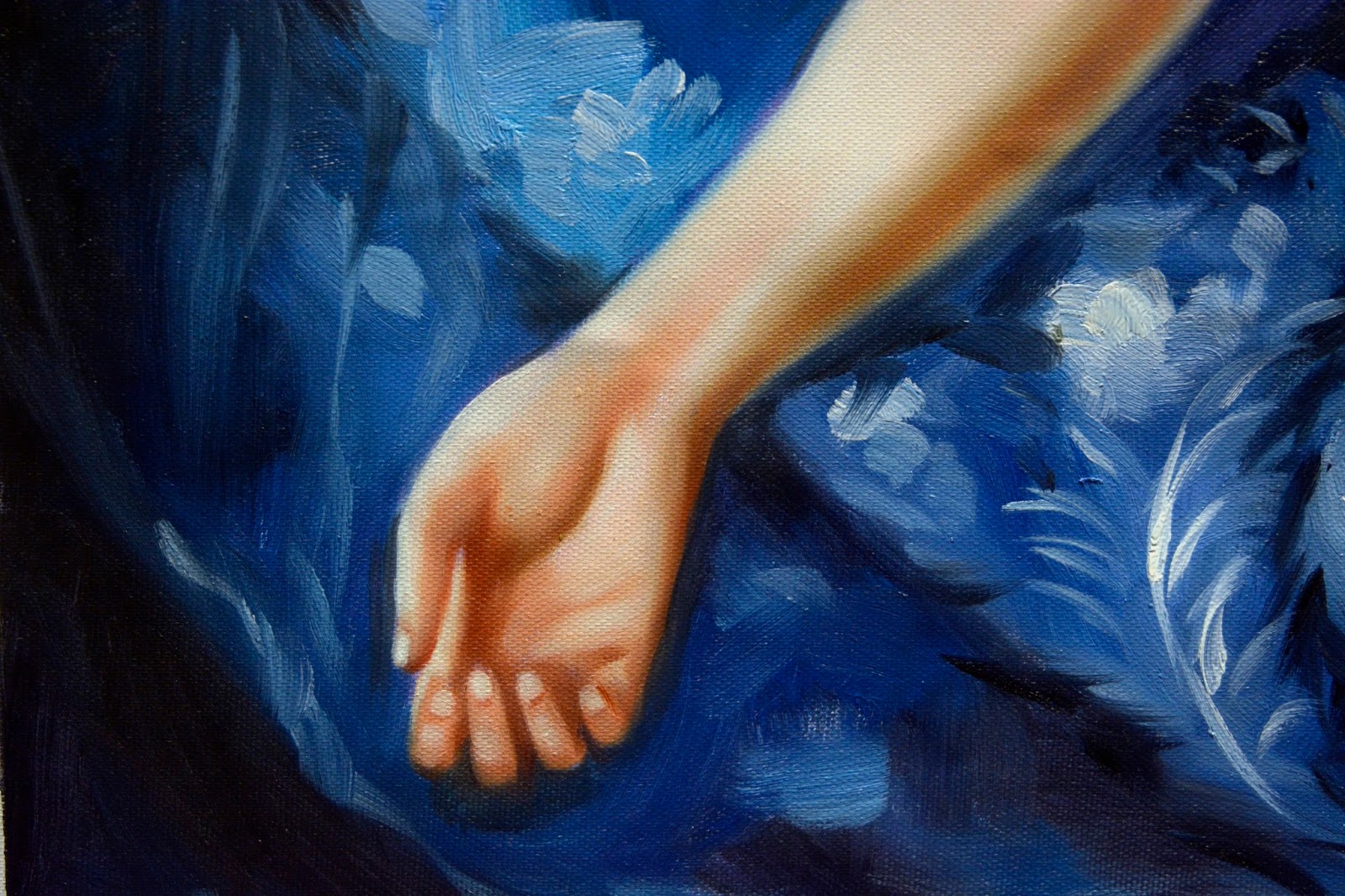
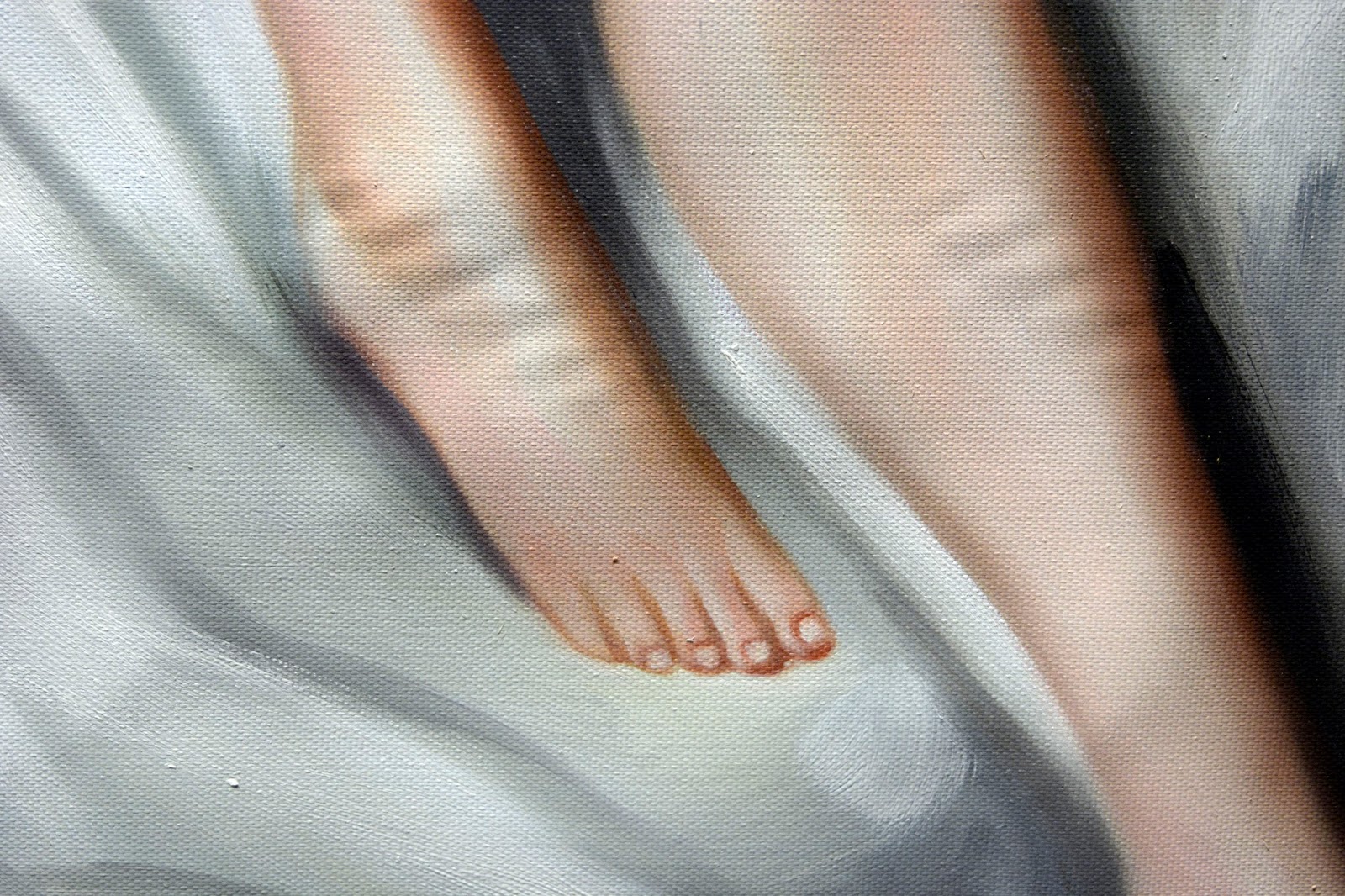


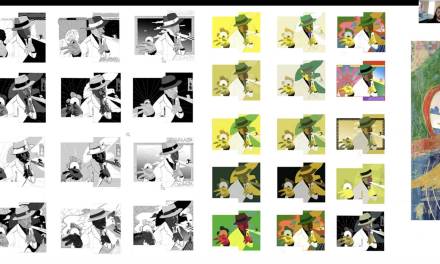



Such a great post Dan. I've wondered about these things too. I'm going to search for some of those Dos Santos copies out there. You need to do a sequel with a few of those compared.
In the context of the original, that thing is so ugly that it makes me want to set fire to it – just saying. But, to be fair, this really says more about master craftsmanship than it does about amateur replication. Kudos on a worthy experiment.
Yes, I was thinking about that, when we see a wonderful image like the original we dont have nothing to compare.
Having worked as a framer, I have framed a few of these Chinese knock offs and they always lack the subtlety of the original. They lack the soul of the painting as well.
Ha! Awesome Dan. I have wondered the same myself. Thanks for being the guinea pig and getting one to see. 🙂
Hang it proudly!
Very interesting. I hadn't realized that the Chinese were also making knockouts of classical paintings, but not sure now why I'd be surprised. Part of me is kind of relieved that the knock-off was that much inferior.
If this was a master study done for art school, I think it would get a B grade at best.
you re way too kind:)
I worked at an art restoration studio and we had to stretch, sometimes retouch and varnish these sorts of paintings all the time. When you have originals all around you and something like this comes in, that exactly what you see: lack of soul.
This was a very interesting experiment!! Thank you for sharing!
A few years back, I visited the arts area in Shenzhen city. I did notice some pretty nice knock-offs but the prices were much higher like a few thousand US dollars or higher. I've heard the knockoffs used to be much better, but now a lot of artists can actually make a living so they could only hire some students to do the work. If you get a chance to visit Beijing, check out the National Museum of Arts. Man it's one of the best galleries in the world.
Well this shows that understanding colour and tonality is not easy.
What's even more sad is that the person who made this copy was probably only paid 5 dollars, while the overseer/manager/pile of excrement made 10.
I am actually shocked at the low quality and lack of skill in the reproduction, I have seen much better from these paint factories. So I figure this is the standard level of their work. Very interesting test. I absolutely disagree that this is B grade work, F in any good art school maybe a D in a university program.
Interesting post Dan – They could have even used a projector to draw the body shape … I know a lady from the UK who paid for a whole load of canvases to be painted over in China based on her designs/artwork (using a projector I think), shipped them over (at great expense) and sold them on Ebay as handmade … they sold like hot cakes at the time… but she doesn't seem to be selling now.
Please excuse the language in the clip, but I have to post this because it sums it up perfectly. It's funny because I posted this video on my mentorship page today and then I saw this post. I always wondered about these knockoffs too, so thanks for doing the experiment!
https://www.youtube.com/watch?v=wrmfX8QtBfA
I would almost be afraid to burn it. It's probably incredibly toxic.
Yeah, there's definitely some skilled painters there. I recall seeing an exhibit of Dafen artists once, and it was really great. I guess like most things though, once you turn art into a product, the passion gets lost. Hopefully the really skilled individuals go on to do more with their work.
Even if I could paint a perfect replica, I would not do it for $40 (of course, the artist was probably paid a few dollars).
It's appalling to read some of the seemingly indignant comments about the poor quality of the reproduction. I feel sorry for the people who have to do this to make a living.
Just awful. I was prepared to be generous but this is actually made be feel ill.
Uggh. My son's mother-in-law is very proud of a “Genuine oil painting from China” of a Monet she has in her dining room. I try not to make eye contact. On the other hand, there were so many artists signed by decent Atlanta galleries I looked at last Sat. who's media is “pigment print encaustic” that it seemed like a raging trend. The photographers who just use wax as a surface treatment are fine-I'm not referring to them- but the ones loading the wax with pigment and turning the photos into painting wannabes and charging $5,000+ seem to be committing fraud, according to my husband. The guy who did “pigment print and acrylic” was the worst. They looked like really cool minimalist paintings of animals until you looked up close and could see it was a photo printed on canvas with paint smeared around the areas that didn't require skill to handle.
Haha! but seriously artists do view things differently from non-artists.
The thing cost $39, including free shipping from China! The artist obviously worked for nothing, or close to it — with speed possibly spurred by threat of death or jail or something. Based on Dan's description of the strong odor the painting gave off, if it was painted en masse like the photo at the top, can you imagine the deadly toxicity of the room it was created in? No one should by these things. Not ever.
Mostly off topic, but just wanted to clarify that grey market, in the realm of electronics and such, are specifically not knockoffs, they're just not intended for the market they're being sold in and so probably don't have a valid waranty. If it's made by the actual maker but being sold through tax dodges, it's grey market. If it's a knockoff just call it counterfeit
Very interesting experiment; thanks for the report. I'd be very interested in your analysis of a knock-off of your own work as well. But the quality of those things varies. I have seen fantastic, art-forger quality, chinese replicas of work by Lempicka (these were painted several years back, maybe the quality is coming down as suggested in a comment above). The replica you got is rubbish.
my thinking too. F is really generous:)
? Yeah. This post made me sad. For the poor schmo forced to make this
Haha, this is such a fun experiment! It’s cool to see an artist actually try out those cheap knock-offs. Sounds like you get what you pay for, but still interesting to see the results!